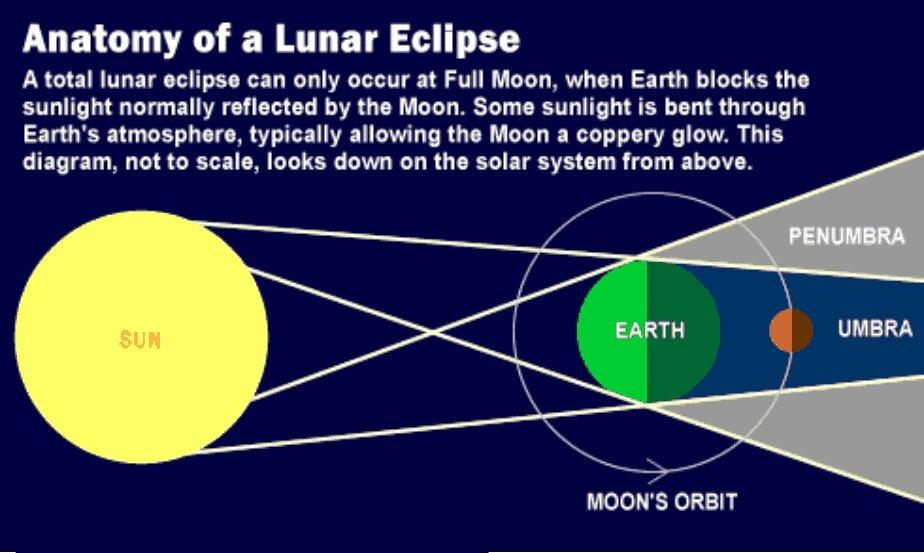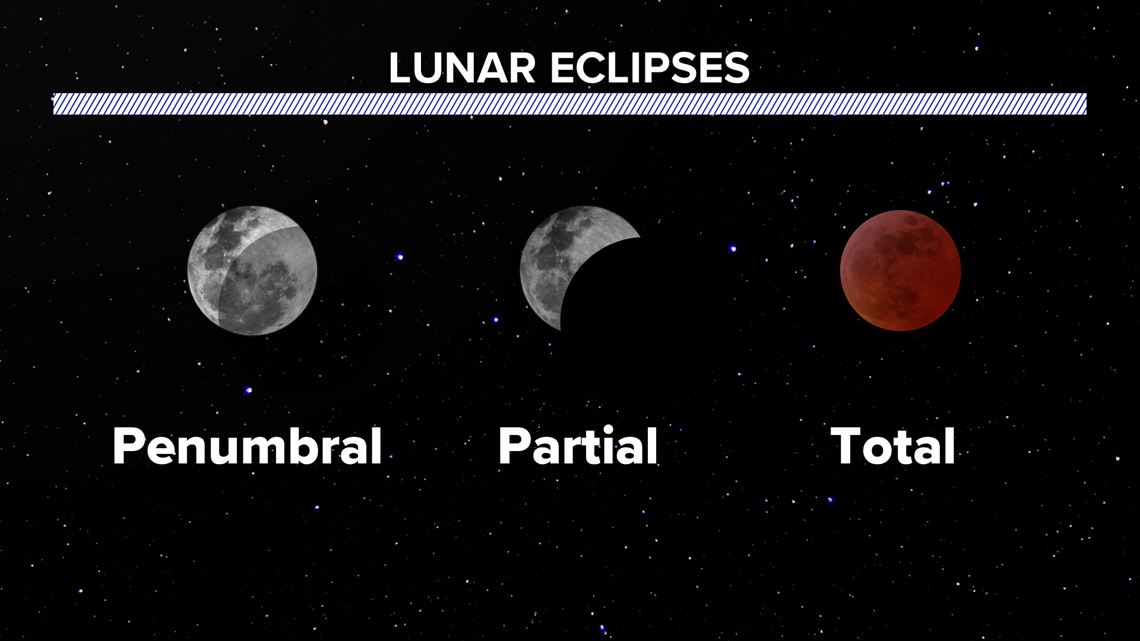National Current Affairs Switch to Hindi
India Lifts Men’s Hockey Asia Cup 2025
Why in News?
The Indian men’s hockey team defeated South Korea 4-1 in the final of the Hockey Asia Cup at the Rajgir Sports Complex, Bihar, on 7th September 2025.
- With this, India ended an eight-year wait to regain the continental title and also qualified for the International Hockey Federation (FIH) Men’s Hockey World Cup 2026 (Netherlands & Belgium).
Key Points
- About: This was India’s 9th appearance in the final, the most by any team.
- Hockey India announced ₹3 lakh each for players and ₹1.5 lakh for support staff.
- India last won the Asia Cup in 2017 (Dhaka).
- Tournament Standings:
- Champion: India (4th Asia Cup title)
- Runner-up: South Korea (record 5 titles overall)
- Third Place: Malaysia beat China 4-1
- Fifth Place: Japan beat Bangladesh 6-1
- Past Winners:
- South Korea: 5 titles (1994, 1999, 2009, 2013, 2022)
- India: 4 titles (2003, 2007, 2017, 2025)
- Pakistan: 3 titles (1982, 1985, 1989)
Read More: 12th Men's Asia Cup Hockey Championship
National Current Affairs Switch to Hindi
US Open 2025 Winners
Why in News?
The 2025 US Open, held at the USTA Billie Jean King National Tennis Center in New York from 18th August to 7th September 2025, concluded with major victories in singles and doubles categories.
- The US Open 2025 had a record prize money of $5 million for each singles champion, matching both men’s and women’s categories.
Key Points
- Men’s Singles Champion: Carlos Alcaraz (Spain) defeated Jannik Sinner (Italy), earning his second US Open and sixth Grand Slam title overall.
- Women’s Singles Champion: Aryna Sabalenka (Belarus) triumphed over Amanda Anisimova (USA), defending her title and solidifying her position at the top of the WTA rankings.
- Men’s Doubles Champions: Marcel Granollers (Spain) and Horacio Zeballos (Argentina) clinched the title by defeating Joe Salisbury and Neal Skupski (United Kingdom) in the final.
- Women’s Doubles Champions: Gabriela Dabrowski (Canada) and Erin Routliffe (New Zealand) won against Kateřina Siniaková (Czech Republic) and Taylor Townsend (USA).
- Mixed Doubles Champions: Sara Errani and Andrea Vavassori (Italy) won the mixed doubles crown by defeating Iga Świątek (Poland) and Casper Ruud (Norway).
Grand Slam
- It refers to winning all 4 major tennis championships in the same calendar season - Australia, France, Britain (Wimbledon), and the US.
- This feat has been achieved 6 times by 5 different players.
- Don Budge is the first player to achieve the Grand Slam in tennis, winning all four major championships in a single year in 1938.
National Current Affairs Switch to Hindi
International Literacy Day (ILD) 2025
Why in News?
On 8th September 2025, the world will observe International Literacy Day, highlighting the power of reading and writing as tools for human progress and change.
Key Points
- About: The roots of ILD trace back to the 1965 World Conference of Ministers of Education on the Eradication of Illiteracy in Tehran, Iran, which sparked the idea of a day dedicated to promoting literacy globally.
- International Literacy Day, proclaimed by UNESCO in 1966 and first observed on 8th September 1967, has since been celebrated annually as a global reminder of the transformative power of literacy.
- Theme 2025: This year’s ILD focuses on “Promoting literacy in the digital era.”
- Digital literacy is the ability to access, evaluate, create, and communicate content online, enabling critical thinking, discerning credible information, and safely navigating complex digital environments, making it an essential skill today.
Literacy
- The National Sample Survey (NSS) defines literacy as the ability to read, write, and understand a simple message in any language.
- The term “universal” generally implies full or near-complete coverage, typically close to 100%.
- As per UNESCO, literacy extends beyond reading, writing, and counting; it's a continuous skillset involving identification, understanding, and communication, expanding to digital, media, and job-specific skills in our fast-changing, information-rich world.
- Government Strategies to Enhance Literacy:
National Current Affairs Switch to Hindi
Blood Moon
Why in News?
On 8th September 2025, skywatchers across Asia, Australia, and parts of Africa witnessed a spectacular Blood Moon—a total lunar eclipse where Earth’s shadow turned the Moon deep red.
- It was the year’s second total lunar eclipse after March 2025, lasting over five hours with 82 minutes of totality, and building anticipation for the August 2026 solar eclipse.
- Unlike a solar eclipse, lunar eclipses are safe to view with the naked eye.
Key Points
- Lunar Eclipse: A lunar eclipse occurs when the Sun, Earth, and Moon align in a straight line, with Earth positioned in the middle. This blocks sunlight from directly reaching the Moon.
- Total Lunar Eclipse: When the Moon passes through the Earth’s inner, darkest shadow (umbra), it appears deeply shaded or red.
- Partial Eclipse: When only part of the Moon passes through the umbra.
- Penumbral Eclipse: When the Moon enters only the outer shadow (penumbra), the dimming is subtle and often hard to notice.
- “Blood Moon” Effect: The “Blood Moon” effect happens because Earth’s atmosphere filters sunlight before it reaches the Moon. When light passes through our atmosphere:
- Blue light scatters easily (this is why our sky looks blue).
- Red light bends around Earth and reaches the Moon, causing it to glow red or coppery during a total eclipse.
- A bright red Moon suggests clearer air with fewer pollutants.
- A deeper red Moon signals more dust, ash, or pollution in the air, reflecting the condition of Earth’s atmosphere.
- Correlation: The phenomenon behind the Blood Moon is the same process that colours the sky and sunsets: Rayleigh scattering, first explained by physicist John William Strutt, 3rd Baron Rayleigh.
- Daytime Sky: Short-wavelength blue light scatters in all directions, making the sky appear blue.
- Sunrise & Sunset: Sunlight passes through thicker layers of atmosphere, scattering away blue light. What remains are long wavelengths — red, orange, and yellow.
- During a lunar eclipse, the Moon is essentially bathed in all the world’s sunsets at once, projected through Earth’s atmosphere.

.gif)
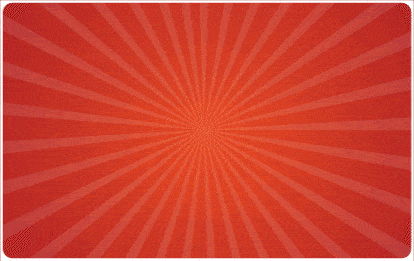
.png)





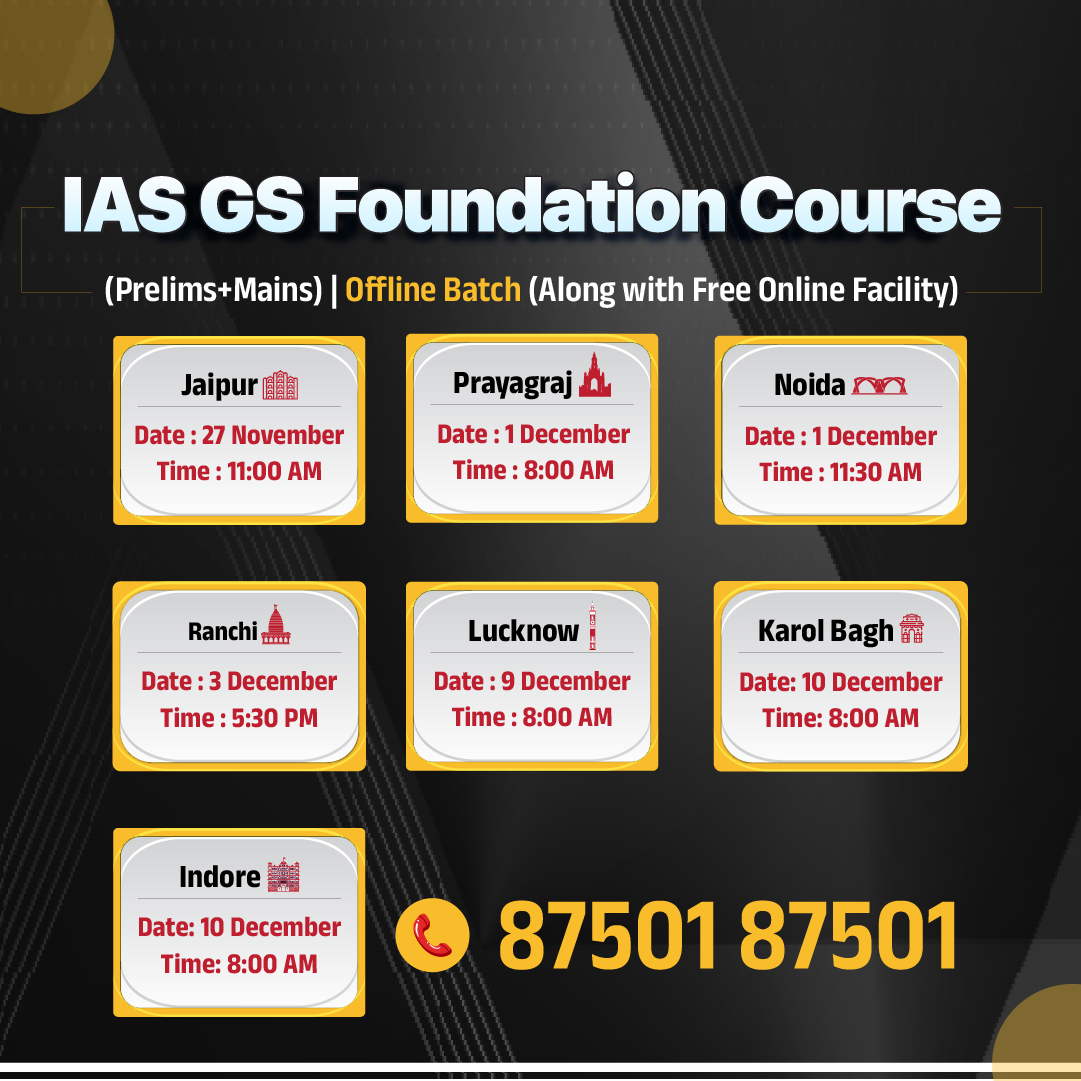



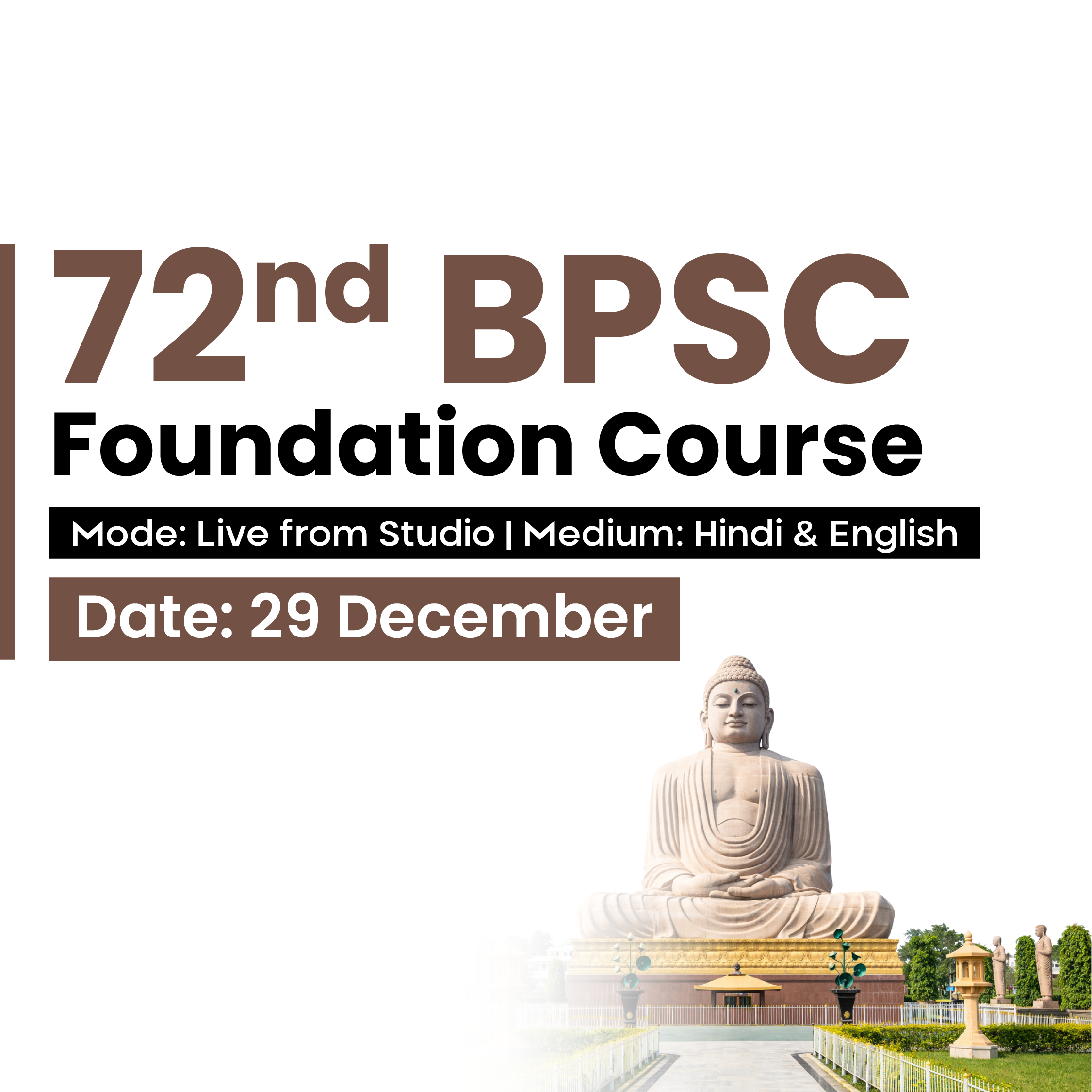

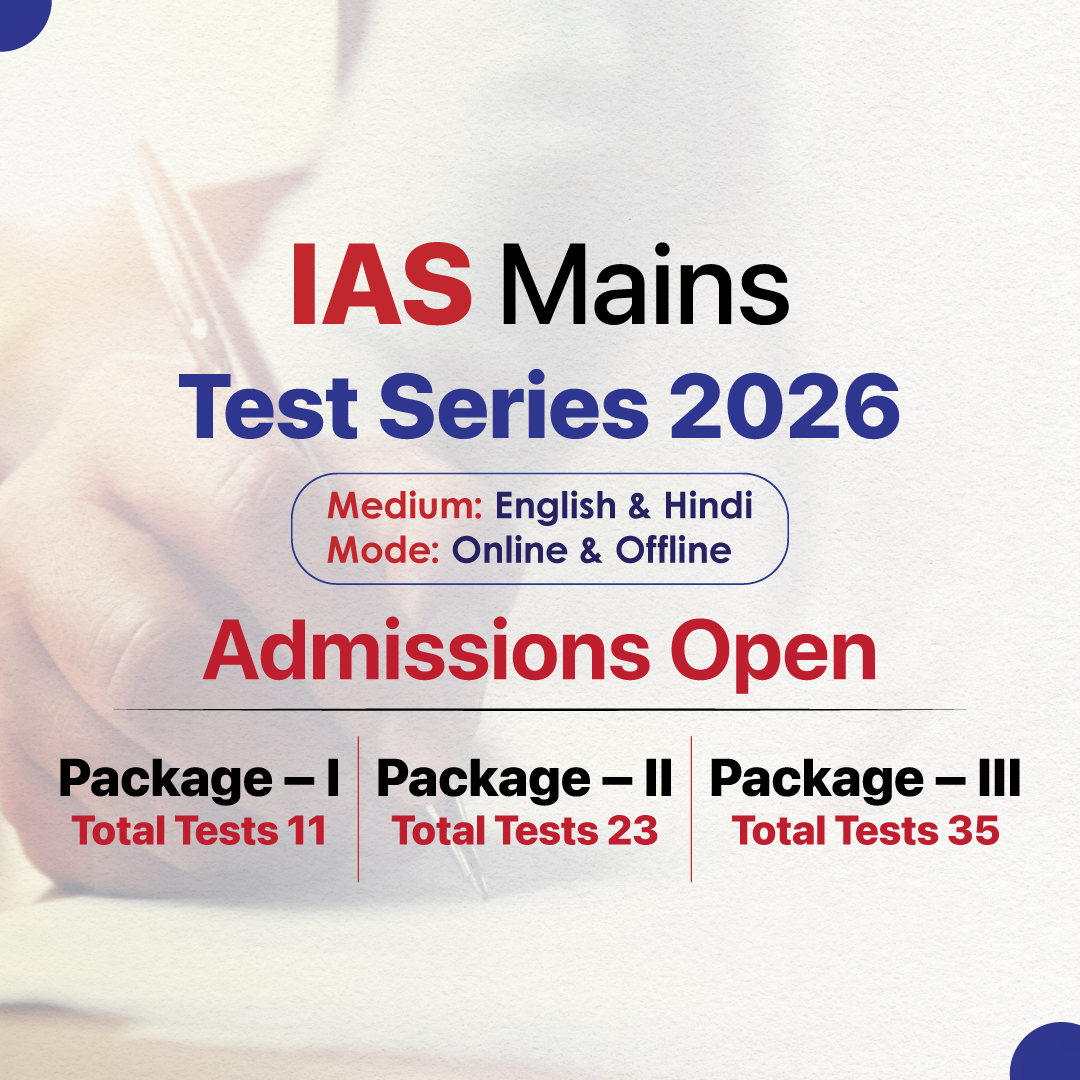

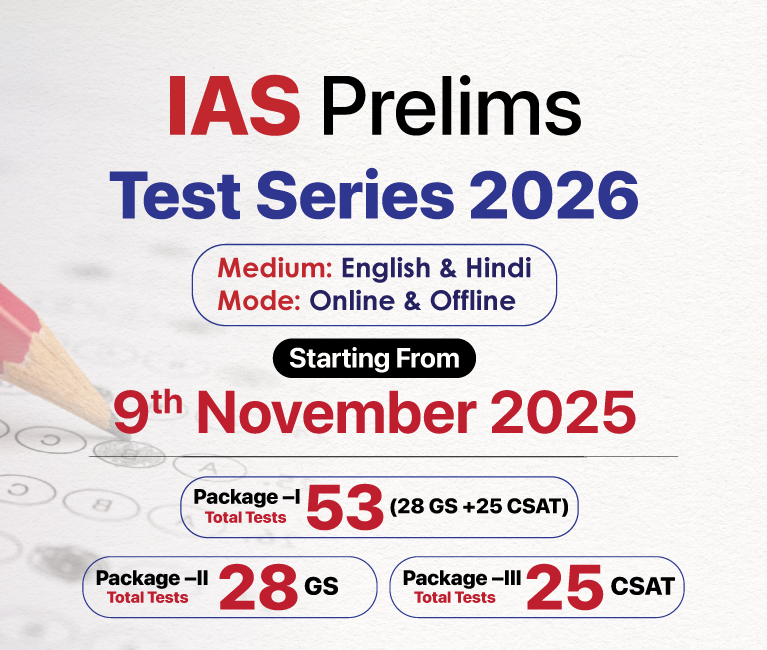


.png)


.jpg)

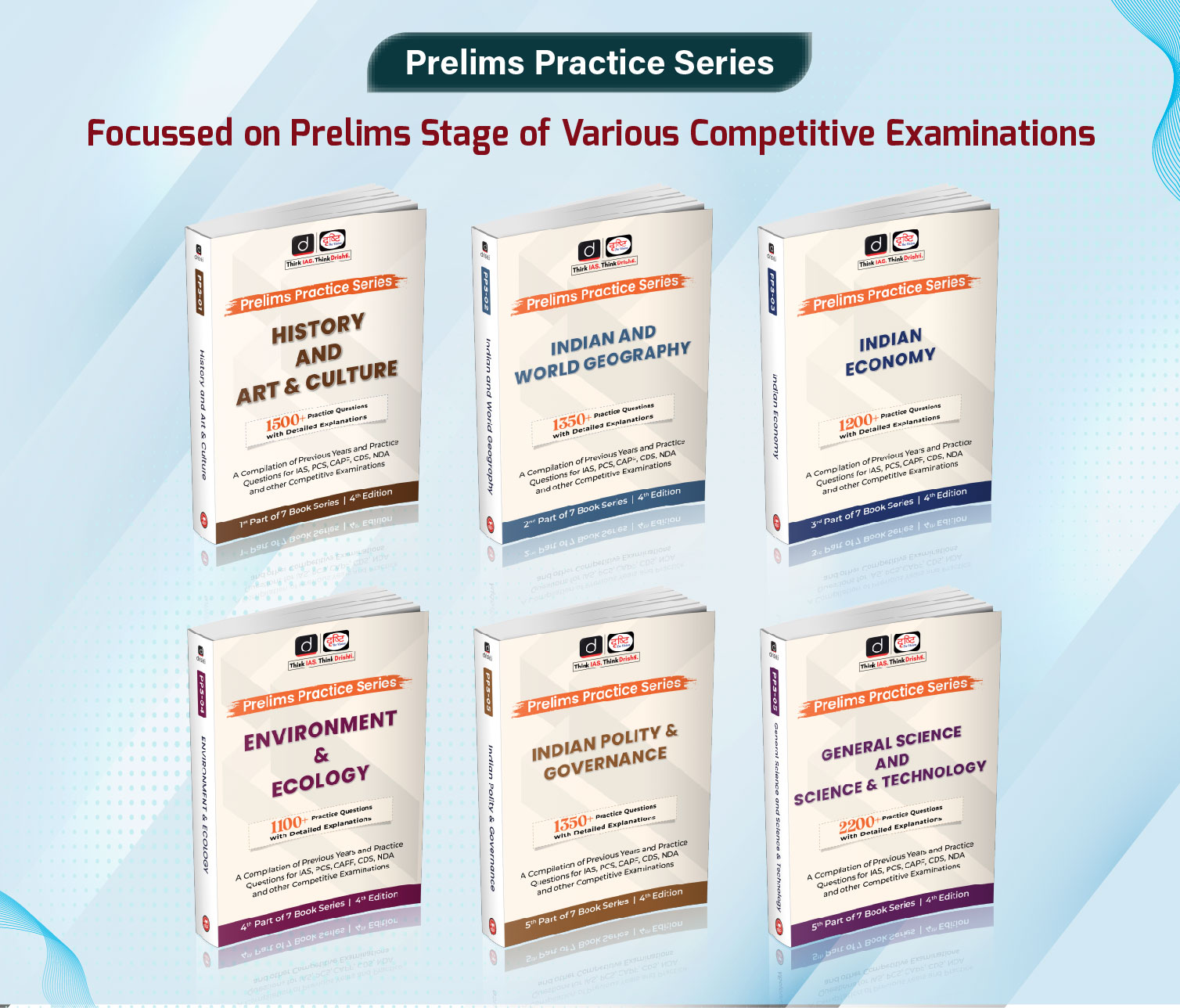

 PCS Parikshan
PCS Parikshan

